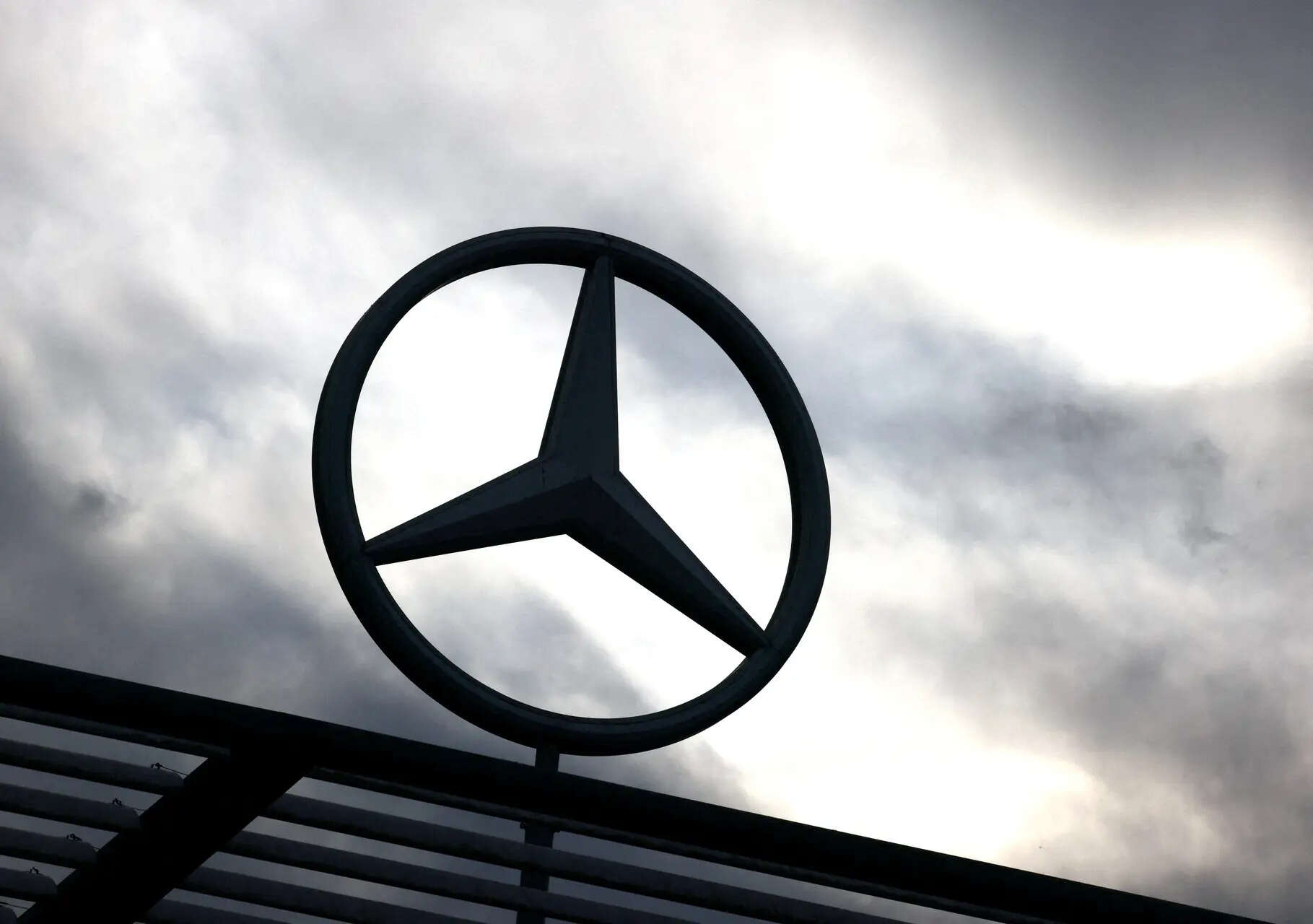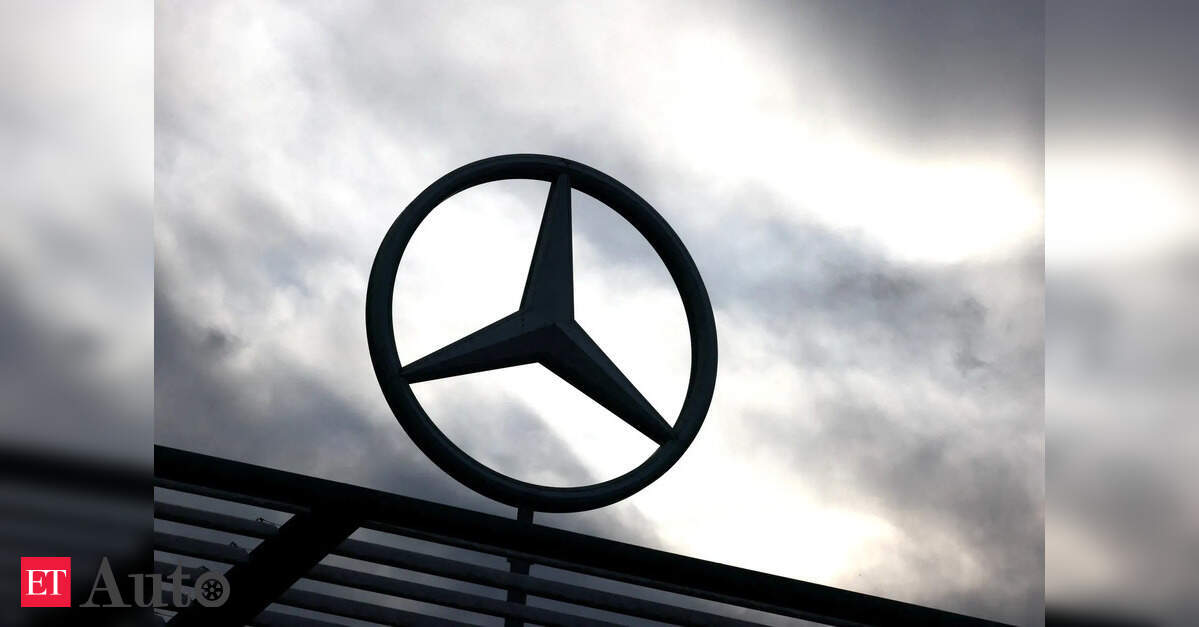 Mercedes-Benz has reported better than expected profit margins. Strong sales of premium cars helped offset costs from job cuts.
Mercedes-Benz has reported better than expected profit margins. Strong sales of premium cars helped offset costs from job cuts.German carmaker Mercedes-Benz on Wednesday reported stronger than expected margins at its core autos business as improved sales of premium models helped to offset one-off charges related to job cuts as well as declining sales in China.
Like rivals including Porsche and BMW, Mercedes faces particular challenges in the Chinese premium and luxury market, where a price war driven by local carmakers is hitting demand, while US import tariffs also weigh.
“We are steering the company through a challenging business environment,” said Chief Executive Ola Kaellenius, pointing to tariffs, intense competition in China and the transition to electric vehicles.
In the third quarter, Mercedes-Benz’s return on sales at its car division was 4.8 per cent, up from 4.7 per cent in the same period last year and beating the 3.9 per cent average estimate in a Visible Alpha poll.
This was supported by a 10 per cent increase in top-end models, including the high-margin Maybach and AMG brands, while free cash flow was about 1.4 billion euros ($1.6 billion), prompting the company to resume its share buyback programme.
Operating profit, meanwhile, fell 70 per cent owing to charges related to layoffs as the company implements restructuring measures to save 5 billion euros globally by 2027.
“I think you are clearly delivering on what you had promised us,” Deutsche Bank analyst Tim Rokossa said on a results call with management, also pointing to the buyback resumption.
Shares in the company hit a seven-month high on the news, trading 6 per cent up by 0923 GMT. Mercedes’ challenges are spread across its most important markets: tariffs in the US, falling sales in the highly competitive Chinese market and European emissions targets that have prompted an uneasy shift towards margin-squeezing electric vehicles. Despite the difficulties in China, which Kaellenius described as a “multi-year task”, he said the carmaker did not want to wade into a price war, focusing instead on moving its cost structures to that country and rolling out technology features to win over customers.



